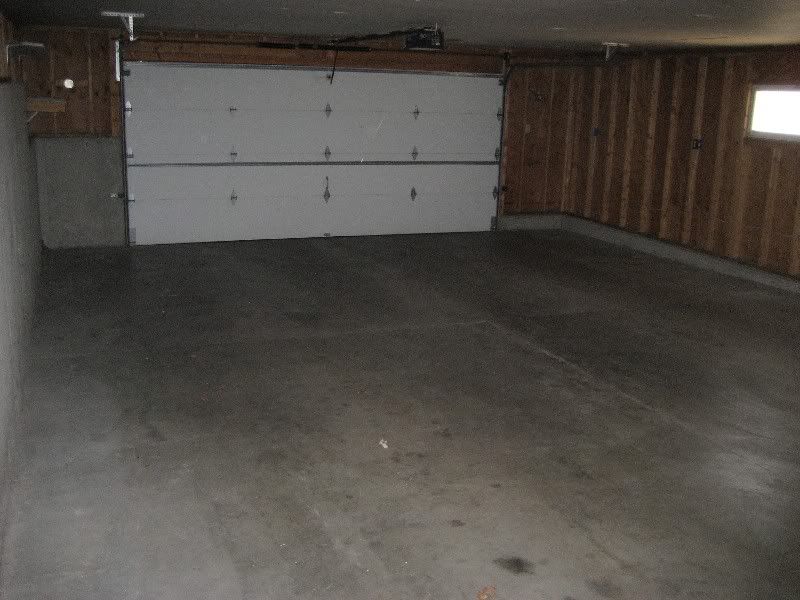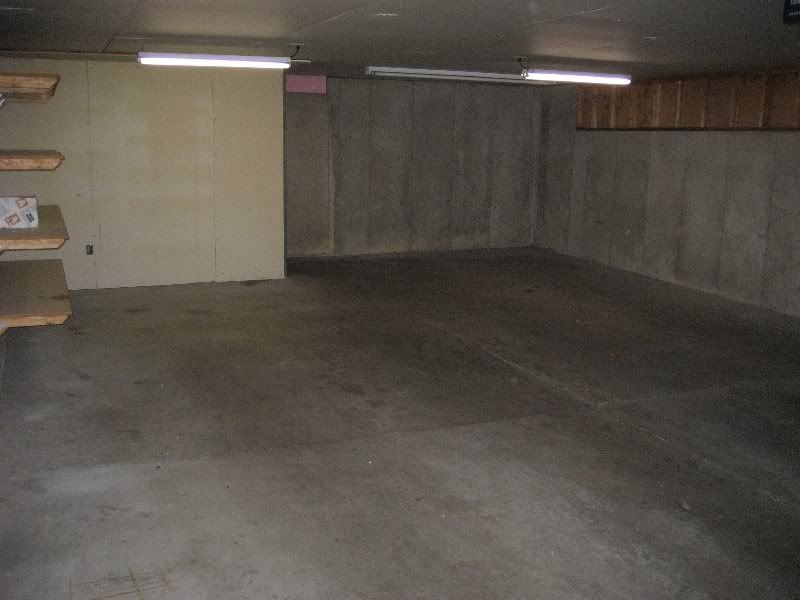....but one needs to study local code .....
In my area anything other than black iron or approved flexible connectors to natural gas appliances is againist codes and all gas pipe plumbing must be done by a licensed plumber and inspected by the city. Or they'll have your meter pulled and you'll have to bring it all up to current code before they'll turn your gas back on. Justa warning check out the reg's in your area before doing anything, around here they also prohibit unvented heaters.
Since you have NG available, that's the route I'd go...only with a vented appliance. A unvented NG heater is 100% effecient, but will cause moisture problems if you run it a lot.
Excellent quotes listed above!!!
There has been a lot of good advice posted about solving your problem. I have several ideas you can think about (
or not).

If you decide to go the gas-fired heater route, regardless of natural gas or propane, think about using CSST (corrugated stainless steel tubing). The cost of the tubing is greater than the price of black iron gas pipe, but the ease of installation and lower labor cost can translate into a competitive total cost between the two piping methods. Depending on the odd, difficult special case to run a gas line (for example, your attic), your cost may be less with CSST. If you, yourself, have ever run iron pipe (gas or water) or watched it being installed, the speed of CSST installation is amazingly fast over iron pipe. What would take several hours with iron pipe could be completed in one quarter the time (most probably quicker).
Caveat: Many county/municipal/city areas of the United States have either not adopted or overturned the CSST piping method. The reason being that a few homes in the USA in the past decade have burned when the homes had CSST installed and were struck by lightening. Usually, the CSST was installed adjacent (within several inches) to other metal utility structures in a home when it was installed. These other metal structures are metal piping such as other gas or water lines and metal chimney flues.
EDIT: In my zeal to trim the length of my post, I trimmed out the data about why a few homes with CSST burned when struck by lightening. DUH :stupid:
When electrically non-bonded CSST was in close proximity to the aforementioned metallic pipes or flues, the lightening energy would arc over to the CSST and rupture the thin-walled gas tubing with either pinholes or a larger burn-through. Some homes did not ignite and burn right away, but at later time when the leaking gas concentrated enough for ignition by a wayward spark or flame.
Yes, this could be a show stopper in using CSST, but the problem seems to have been remedied by bonding the CSST to the structure’s electrical service panel ground system to bring the CSST to the same grounding “potential” as the electrical service. Also, keeping the CSST as far away a possible from other ungrounded metal (flues, pipes, etc.) is prudent. You might have to have a gas plumber certified in installing CSST as well as a licensed electrician to install the electrical bonding wire. The debate continues in the gas plumbing profession as well as the municipal code authorities as to the long standing safety of CSST.
I have NO affiliation with the following companies except that I have Wardflex and Parker CSST gas piping in my home.
Here is some reading for a cold winter’s night on several different manufacturers of CSST:
http://www.wardflex.com/index.htm
http://www.wardflex.com/faq.htm
http://www.omegaflex.com/trac/home/
http://www.omegaflex.com/trac/why/tracpipe_vs_black_iron.php
http://www.gastite.com/homepage.php?pg=home
http://www.gastite.com/engspecs.php?pg=csst&idlink=link4
http://www.parker.com/portal/site/P...0-PGP2T FLEXIBLE GAS PIPING&vgnextfmt=default
All in all, you can not go wrong with tried-and-true black iron gas pipe.
Now, be very careful when calculating your electrical usage if you chose to go with resistance (electrical) heat. A watt is a watt and a Btu is a Btu. It makes no difference if the heat output (measured in Btu) is created in your home by consuming electricity or burning gas. The companies that give you the best-of-all-worlds cost in their product literature to run their electrical heater appliance sometimes don't tell you the whole story. An average cost per kWh (kilowatt-hour) of electricity is used to compute your cost to operate a heating device. Be sure to compare the same Btu output from a radiant panel heater to the same Btu output from an oil-filled electric radiator or pure electric coil, or a heat pump for that matter. Compare
apples to apples, not oranges (sips watts) to rotten bananas (gulps watts). Also, does one heater use a fan and the other doesn't? That fan uses watts that is not used for heat output and, therefore, skews the cost to run the fan versus the cost to run a similar heater without a fan. Please take in consideration the perceived warming effects by an infrared radiant heater (heats a person) and a non-infrared space heater (heats the air and objects in a room). Some heater sales literature will compare their 400 watt money sipping heater to the competitor's 1,500 watt heater and then proceed to tell you how much money you will save... blah, blah, blah. Sure the competitor's product is more expensive to operate. It can use over 3 times the watts at high-heat setting versus the maximum setting of only 400 watts on the other unit. In conclusion, examine the cost of the units in comparison. Take in consideration that the low-cost money saving heater may be low in price because it puts out a small amount of heat (Btu/h). It may be of excellent quality, but ill fitting for your particular application.
At $95 each, and heats 100 square feet, I'd only need 3 for the garage! Not a bad idea!
Better look at those a little closer. They put out 400w.. That is about 4 lightbulbs per panel. You might not stay very warm unless you're leaning on it.

I am sure you have heard on the radio or seen on TV those commercials on the be-all-to-end-all electric whole room/small house heater made by the Amish. Well, at least the all-wood box the heater is in that looks like a fireplace is made by the Amish. A famous octogenarian radio personality is a spokesperson for this appliance. Most 120-volt electric space heaters are rated for 1,500 watts max input. Although, I have seen a few with 1,800 watts input. The heat output from this Amish heater will not be any greater or more room encompassing that a similar rated heater made by Australian Aborigines.
To calculate Btu/h (Btu per hour) output of an electric heater (for pure resistance heat - do not count fan wattage, if any): Heater input rated in watts * 3.4 = Btu/h
Example: A heater with 1,500 watts input rating = approximately 5,100 Btu/h heat output. [1,500 *3.4 = ~5,100 Btu/h]
Remember - Apples to Apples !
Hope this helps.
 . The garage is also my haven/smoking lodge/workplace so keeping it warm is the best option.
. The garage is also my haven/smoking lodge/workplace so keeping it warm is the best option. 


